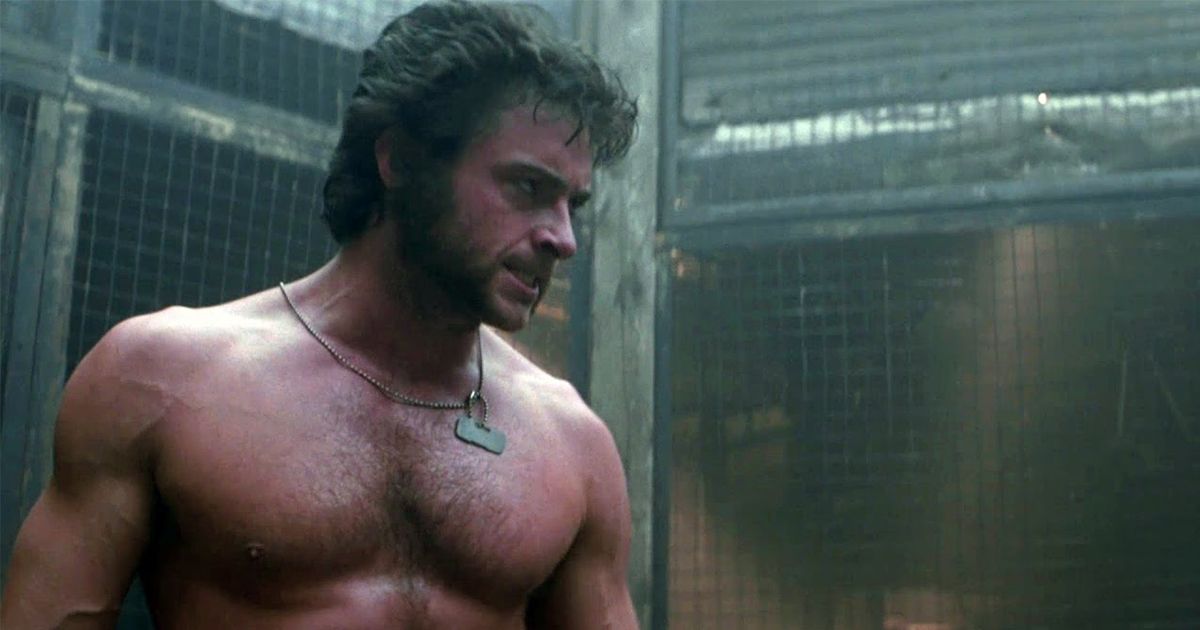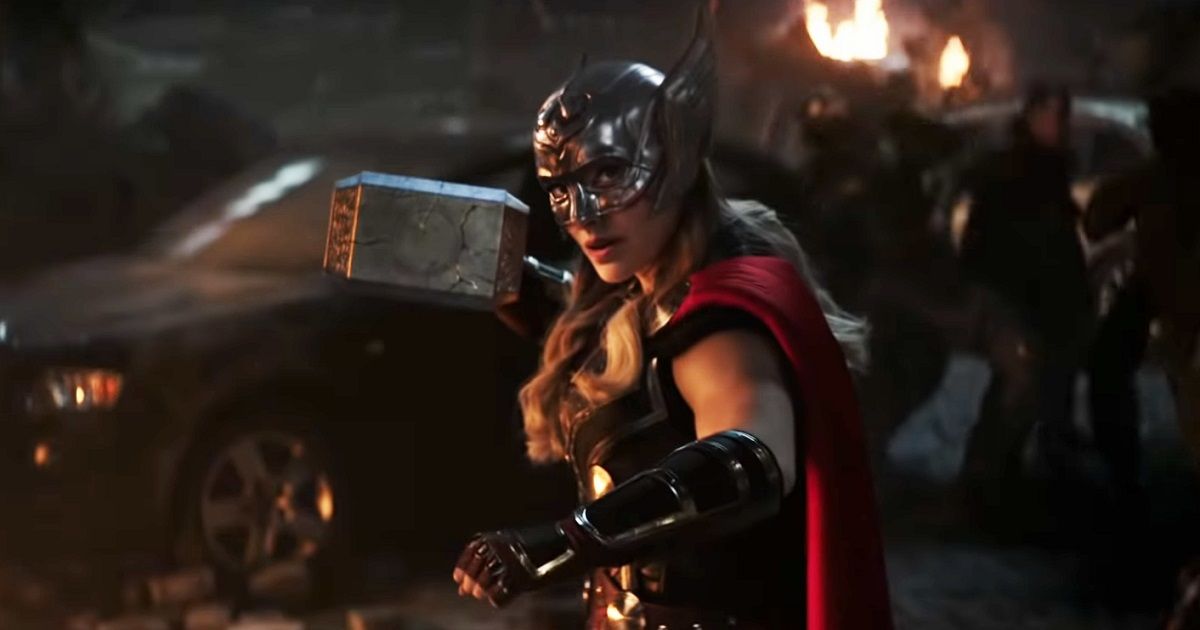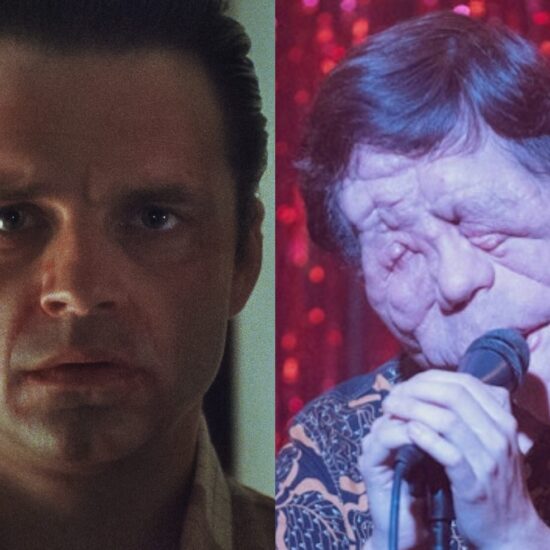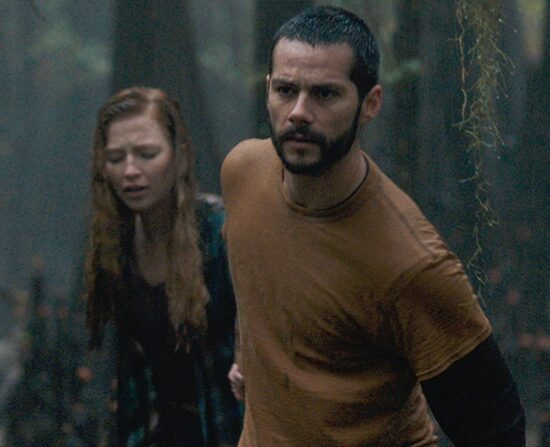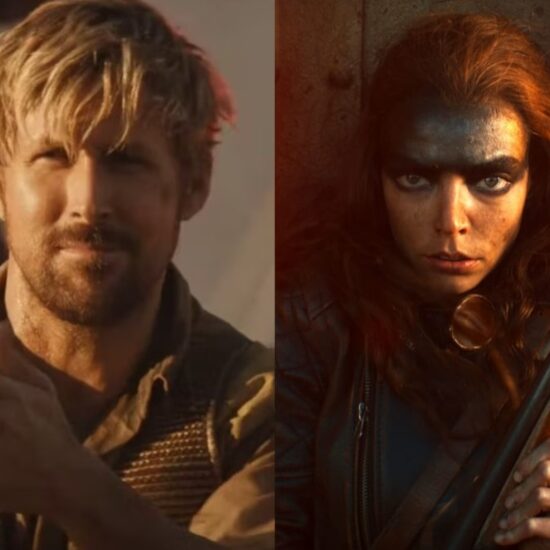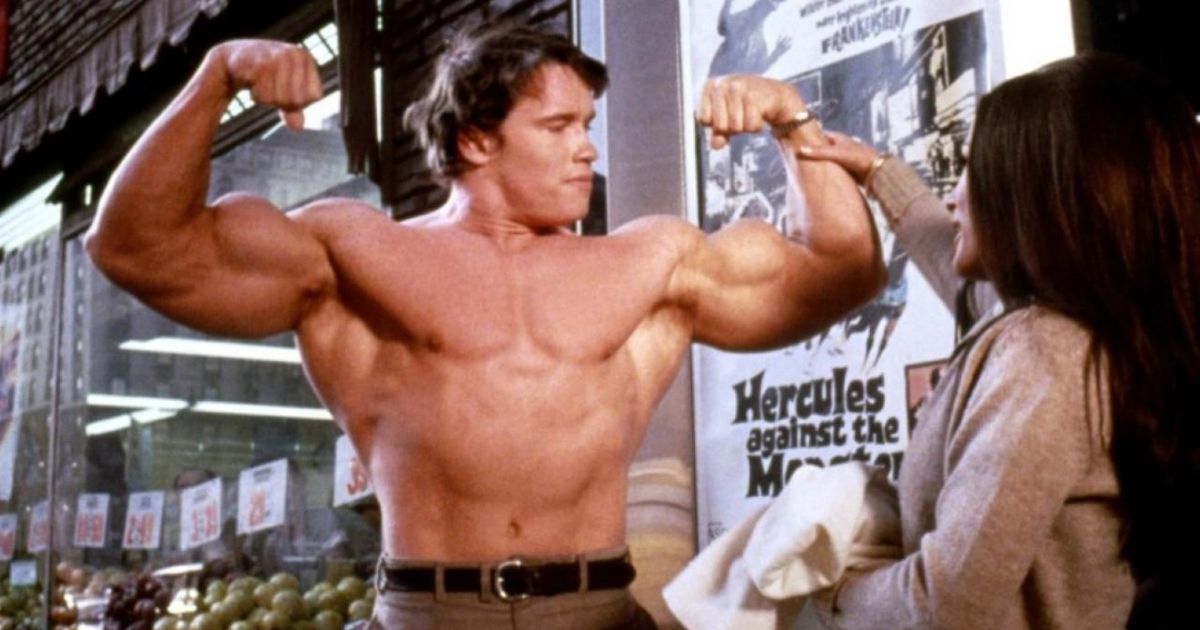
Darth Vader is one hell of a personal trainer. (We’ll get to that in a second.) Used to be if you wanted a jacked actor, you had to dig up a retired athlete. Johnny Weissmuller and Jim Brown slid into the movies on account of their intimidating bodies. But when you cast ex-wrestlers like Thor Johnson or Norbert Grupe (Vigo the Carpathian), it was for the role of the goon or the bad guy, not as the big-name ticket-seller.
In an interview with David Letterman in 1985, Arnold Schwarzenegger recounted his struggle to get anyone in Hollywood to take him seriously on account of his proportions, yet he was confident that his background would open doors for him in a crowded business. “You have a weird body … Just go back to body-building,” an agent told him in the seventies. A half century later, hitting the gym and achieving that Mr. Olympian physique is precisely the secret to securing a giant payday.
Old-time beefcakes of the fifties like Burt Lancaster and Marlon Brando wouldn’t even stand out in a Hollywood casting call, and if anything, probably get some insulting comments for their lack of abdominal definition and lifting technique. The uncomfortable truth is that it has probably gone too far. Dwayne Johnson doesn’t even look that big today. If Die Hard was made today, Bruce Willis would be laughed out of the room by casting directors.
Breaking the Taboo
Christopher Reeve, refusing to wear a padded suit, packed on the pounds when thrust into the Superman role. It was a little risky, audiences appreciating a buff male hero, but not one that could play Hercules. Superman director, Richard Donner, mocked him as too lanky. To ensure he had a fitting hero to look good in the blue and red spandex, Donner called up David Prowse, the guy in the Darth Vader suit, to help Reeve get fit. “During the course of the period I had him, I took him from 170 pounds when we started and he was 212 [pounds] when he went into the suit,” Prowse boasted. Sure, Sly Stallone could go nuts in his personal gym to bulk up for a Rambo sequel, he was already famous, and was specializing in action movies, but it was still out of the ordinary.
In perspective, when Stallone made Rocky in 1976, he was considered a lunkhead though he would probably be considered out of shape by modern action-hero standards. When Saturday Night Live standout Joe Piscopo got shredded people looked at him like a freak of nature. “Some people in Hollywood think I’m nuts with this bodybuilding stuff,” he said, accurately predicting the end of his career. Yes, Joe Piscopo was a visionary ahead of his time. Quote us on that.
In 1998, the thought of Robert Downey Jr. — the guy who won acclaim playing Charlie Chaplin, drug addicts, and shlubby journalists — saving his career by getting a six-pack in his 40s was completely unimaginable. The trend toward muscles was lagging only slightly behind the artistic curve: superhero movies. Take a good look at any script exchanging hands in Hollywood, and you’ll see creatine-smudged fingerprints.
Jacking Up
Long before pudgy comedian Kumail Nanjiani summoned his inner giga-Chad for his role in Eternals, Hugh Jackman really popularized the trend of male actors putting their bodies where their paycheck was. His first outing in X-Men as Wolverine looks puny compared to his later films, leading to some allegations his ridiculous gains were the result of steroids.
The same could be said for Tom Hardy, with a tendency toward actors going for more muscle mass rather than settling for the mundane appearance of an athlete. Chris Evans and Chris Pratt turned themselves from goofy side characters into leading men through the one most reliable method possible, hitting the leg press and downing plenty of protein bars. The next Best Actor-winner will rightfully need to thank his spotter before his agent when he picks up that Oscar.
Will anyone ever accept a guy like Michael Keaton as Batman again after we’ve seen Robert Pattinson and Christian Bale go the Adonis route? Even Zac Efron has attempted to alter his persona from prancing high schooler with a Justin-Beiber haircut to a living Rob Liefeld drawing. Maybe he’s filming a Lou Ferrigno biopic or something.One is thing certain, this guy’s on a first-name basis with the cashier at the local GNC. The arms race shows no sign of relenting any time soon.
The Other Gender Gap
Interestingly, while it is all but essential for a man to get shredded to nab a superhero role, women don’t need to bother. For her turn as Mighty Thor, Natalie Portman let the CGI crew do the heavy lifting for her, digitally adding biceps and abs, pasting muscles onto her body, which had to be a little infuriating for every man who was pressured to push his body the extra mile to get extra definition. She tried, but still needed a lot of help from the special effects to make her seem imposing. Based on the results, it might be the last time. There’s still no reason for her to put herself through the strain when the emphasis on muscular women is so minute. Don’t expect Gal Gadot or Brie Larson to do so either. The mesomorphic look is necessary only for men.
For whatever reason, either out of personal preference or vanity, this one issue is a glaring contradiction to the notion of gender standards. Because if you’re a young actor today, the possibility of landing a gig in an action film with a body like Roger Moore or Errol Flynn is nil. It’s enough to make you nostalgic for the Jack Nicholson-days when a guy with a receding hairline, a wacky laugh, and no upper body could headline as a tough guy. Now, even an established TV star and 60-year-old writer like Bill Odenkirk feels compelled to get cut to have any chance of ever starring in a mainstream movie. Drama kids, the writing is on the wall; dump the Stanislavski classes and get some kettlebells already before it’s too late.







